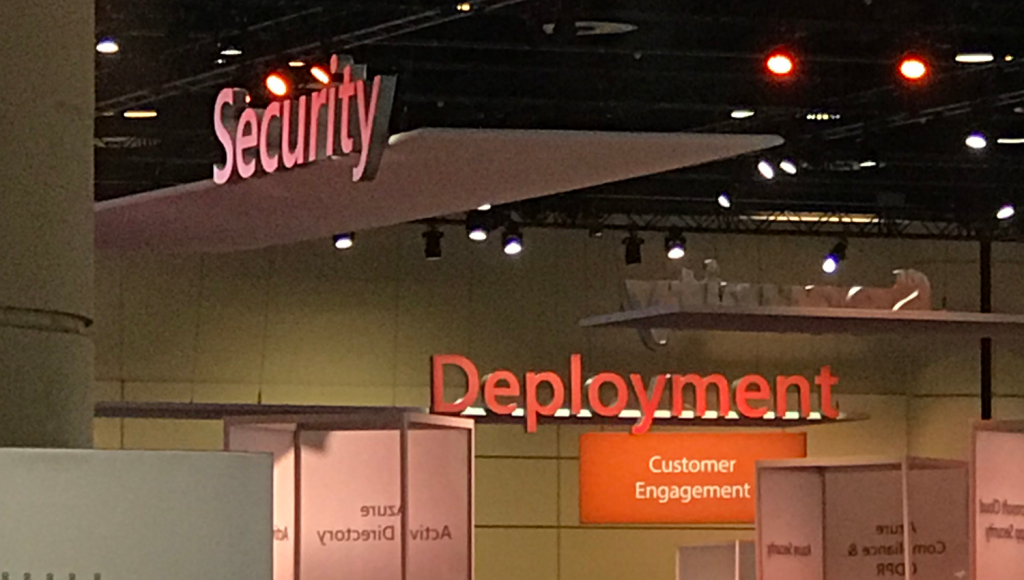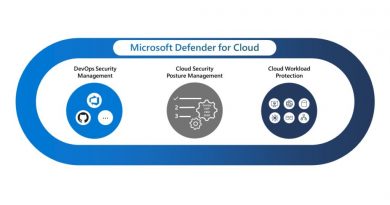Microsoft a Leader in 2021 Gartner® Magic Quadrant™ for Unified Endpoint Management Tools
In today’s changing business world, where flexibility is more crucial than ever, we’re honored that Gartner has again recognized Microsoft as a Leader in the Magic Quadrant for Unified Endpoint Management (UEM) Tools1. Over the last 18 months, millions of employees worldwide have had to shift their work from the office to the home, and millions more continue to deal with dramatically reconfigured workplaces. Whether it’s hybrid or remote work, the one common aspect is the endpoint-as-conduit through which people remain connected and participate in today’s workplace. Throughout this massive shift, it’s become clear that digital endpoints—PCs, phones, operating systems, and essential apps—are the new workplace. It’s the need for this ubiquitous connectivity that underpins the significance of endpoint management and security as vital for organizational success.
Adapt and thrive
This year, we focused on meeting our customers’ needs to adapt to today’s evolving business landscape. They responded with increasing reliance on Microsoft Endpoint Manager to enable their employees’ remote and hybrid work. Our cloud-connected Microsoft 365 apps, devices, and Windows innovation—with integrated security and protection—help build resiliency for today’s shifting world of work.
By using Endpoint Manager to apply the principles of a Zero Trust security model to apps and endpoints, Microsoft customers can transform their security posture across their entire endpoint estate. This ability is foundational to enabling employee productivity in hybrid work environments. From remote to frontline workers and from large enterprises to small, Microsoft is recognized for its ability to execute and completeness of vision for Endpoint Manager.

Windows endpoint management in the cloud
Our focus on helping businesses adapt continues as organizations move to cloud management, starting with their Windows endpoints. In the past fiscal year, we’ve seen more than 250 percent growth in customers managing their Windows endpoints exclusively in the cloud. We anticipate that the recently announced Windows 365 will further accelerate this growth, with our UEM solution essential to implementing an end-to-end process for deploying, configuring, and scaling the new Windows 365 experience.
When Windows 11 becomes generally available later in 2021, cloud management will be key to reducing complexity as IT teams determine how their workforce will update to this new operating system built for hybrid work. Building on Windows innovation and our investments in AI with endpoint analytics, we’ll continue to help customers deliver seamless endpoint and management experiences for their employees—all while protecting data and ensuring endpoint compliance.
Automation improves security
Connecting our cloud capabilities has also helped increase cooperation between security operations (SecOps) and IT teams through automation and modern management. We’ve evolved Endpoint Manager into a hub for Microsoft 365 management and security, building automation based on the billions of signals we get from the Microsoft intelligent security cloud. Actions required to remediate vulnerabilities are automatically communicated between cloud services and implemented immediately. We’ve built Endpoint Manager to provide role-based visibility back to the security teams, relaying information about actions taken and policies implemented. These advances help drive the modern workplace by empowering organizations to adapt and scale as their business evolves.
Increasing endpoints and protection
The demands of the modern workplace require securing a diverse set of endpoints, including productivity apps and non-traditional devices. With Microsoft Teams at the core of the hybrid work environment, we continue to grow the scope of devices under management across the ecosystem. In the last nine months alone, we’ve seen the number of endpoints under management more than double. Our service continues working across platforms for customers worldwide, including those from highly regulated industries, with deep integration into Microsoft apps and endpoints enabling increased security and flexibility. Customers appreciate having the choice to support both managed and unmanaged experiences with a consistent security promise—applying app-protection policies and configurations to protect sensitive information without device enrollment. Learn how Siemens transitioned to Microsoft Endpoint Manager to manage all of the company’s mobile endpoints in less than 12 months—advancing its Zero Trust journey and improving employee experiences.
Learn more
The endpoint is the new workplace, and we’re committed to helping organizations build business resiliency with Microsoft Endpoint Manager. We’re grateful to again be recognized by Gartner as a Leader in Unified Endpoint Management, and we’re humbled every day as we continue learning from our customers. You’re invited to read the full Gartner Magic Quadrant report or view a snapshot of the UEM Magic Quadrant above. Keep up with ongoing developments on UEM and hybrid work by following the Microsoft Endpoint Manager Blog.
To learn more about Microsoft Security solutions, visit our website. Bookmark the Security blog to keep up with our expert coverage on security matters. Also, follow us at @MSFTSecurity for the latest news and updates on cybersecurity.
1Gartner, Magic Quadrant for Unified Endpoint Management Tools, Dan Wilson, Chris Silva, Tom Cipolla, 16 August 2021.
Gartner does not endorse any vendor, product or service depicted in its research publications, and does not advise technology users to select only those vendors with the highest ratings or other designation. Gartner research publications consist of the opinions of Gartner’s research organization and should not be construed as statements of fact. Gartner disclaims all warranties, expressed or implied, with respect to this research, including any warranties of merchantability or fitness for a particular purpose.
GARTNER and MAGIC QUADRANT are registered trademarks of Gartner, Inc and/or its affiliates and are used herein with permission. All rights reserved. This graphic was published by Gartner, Inc. as part of a larger research document and should be evaluated in the context of the entire document. The Gartner document is available upon request from Microsoft.
READ MORE HERE



